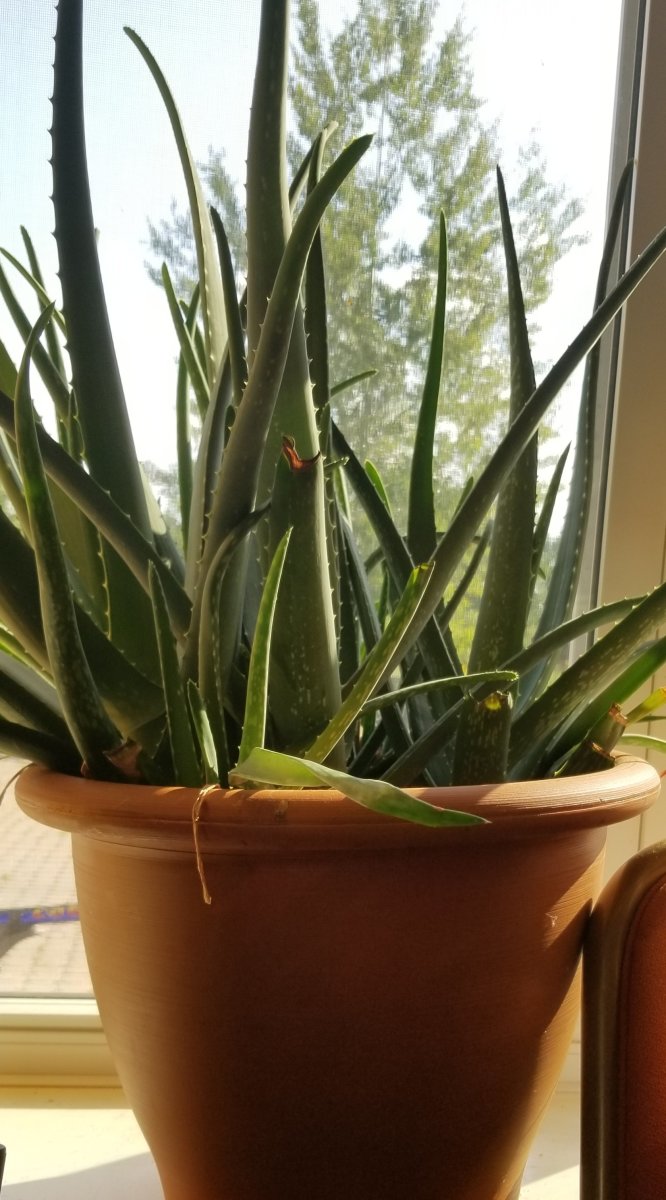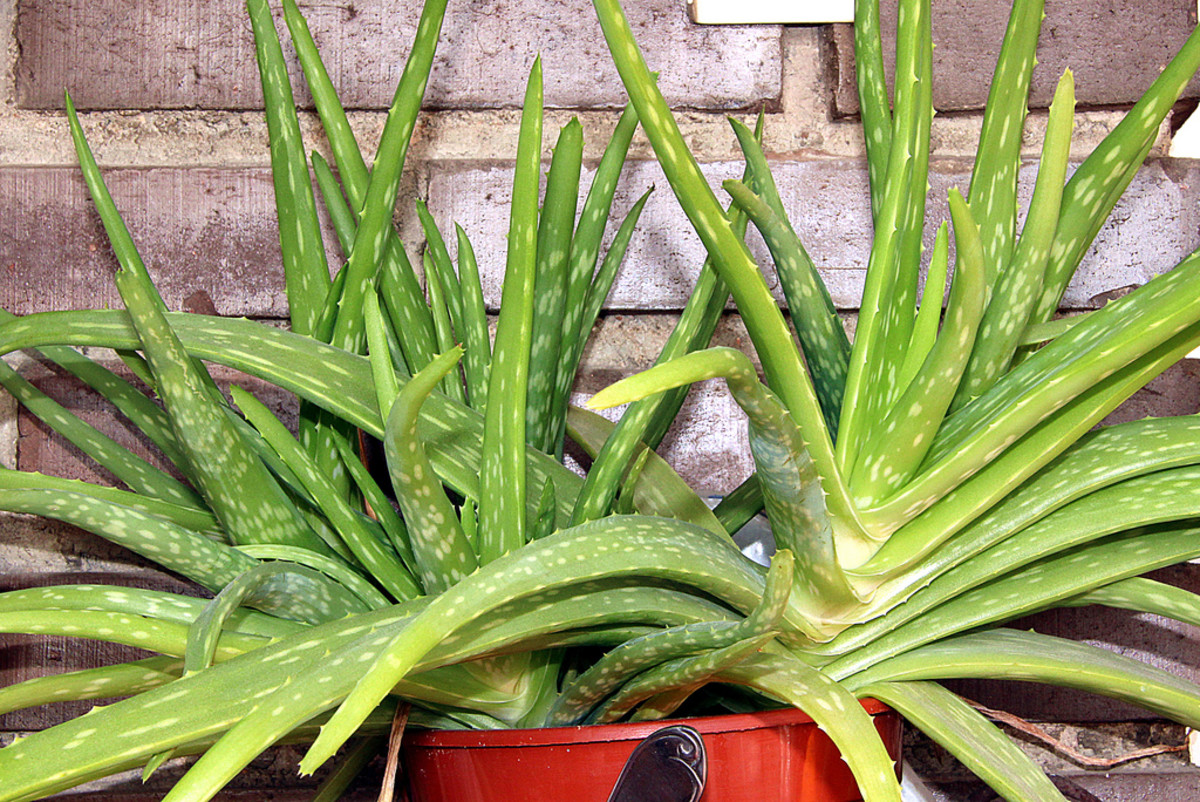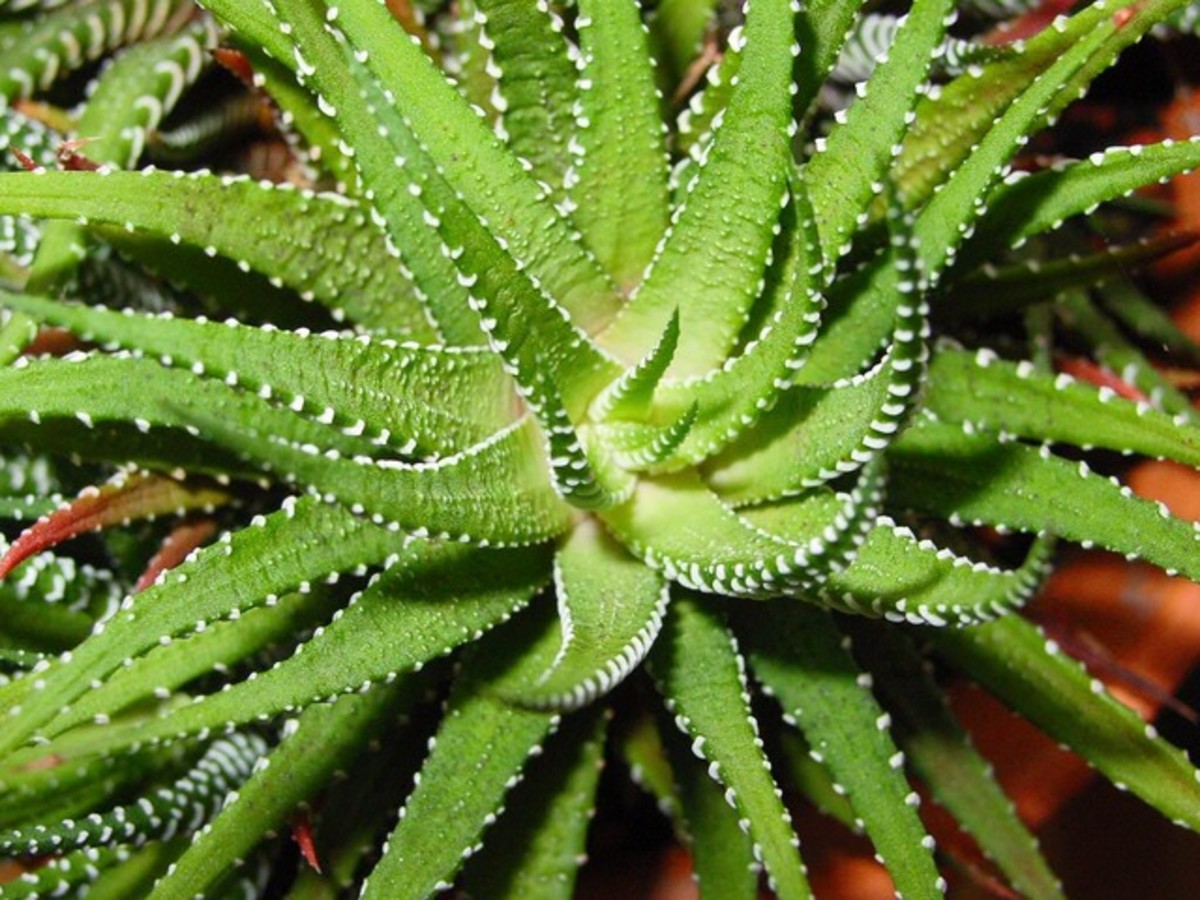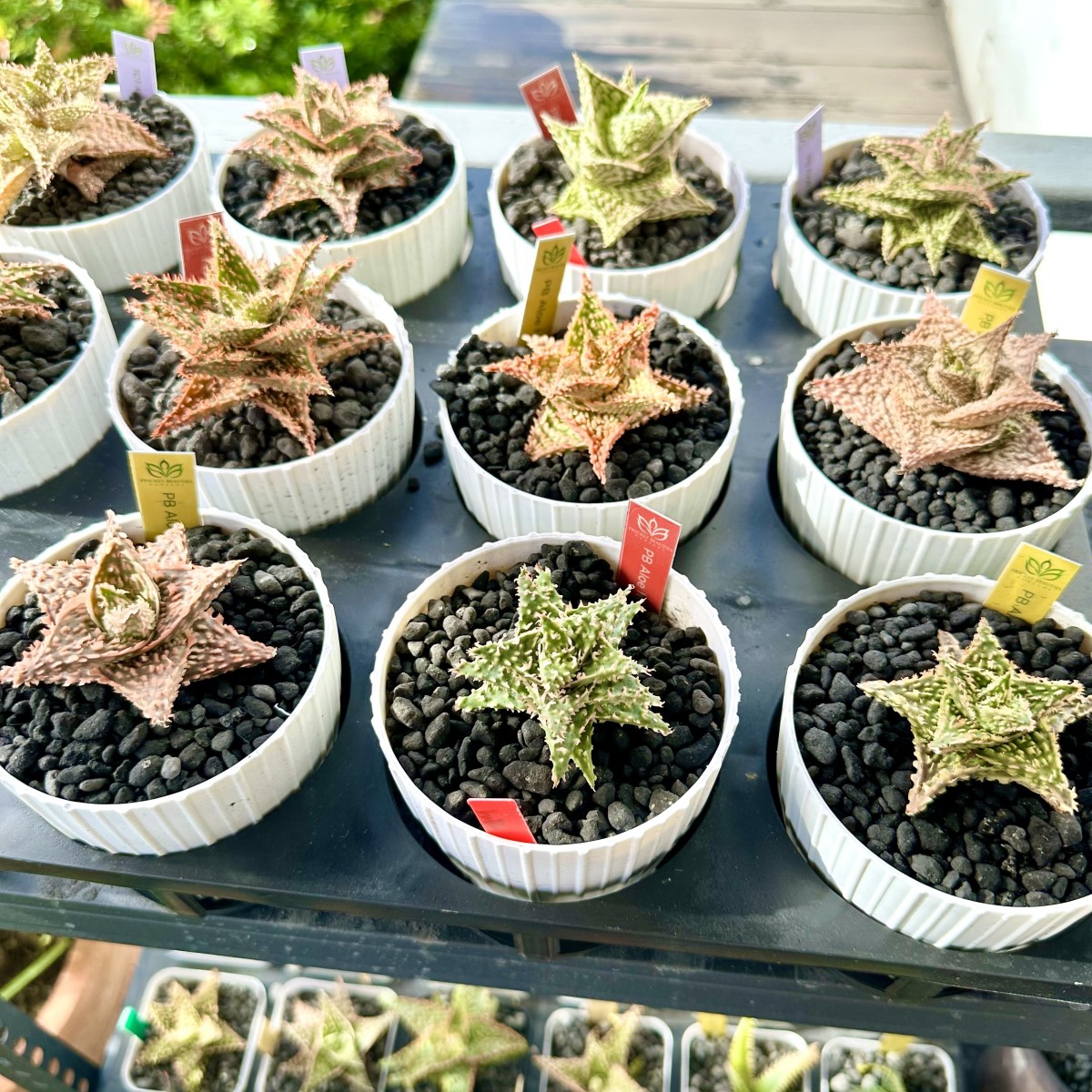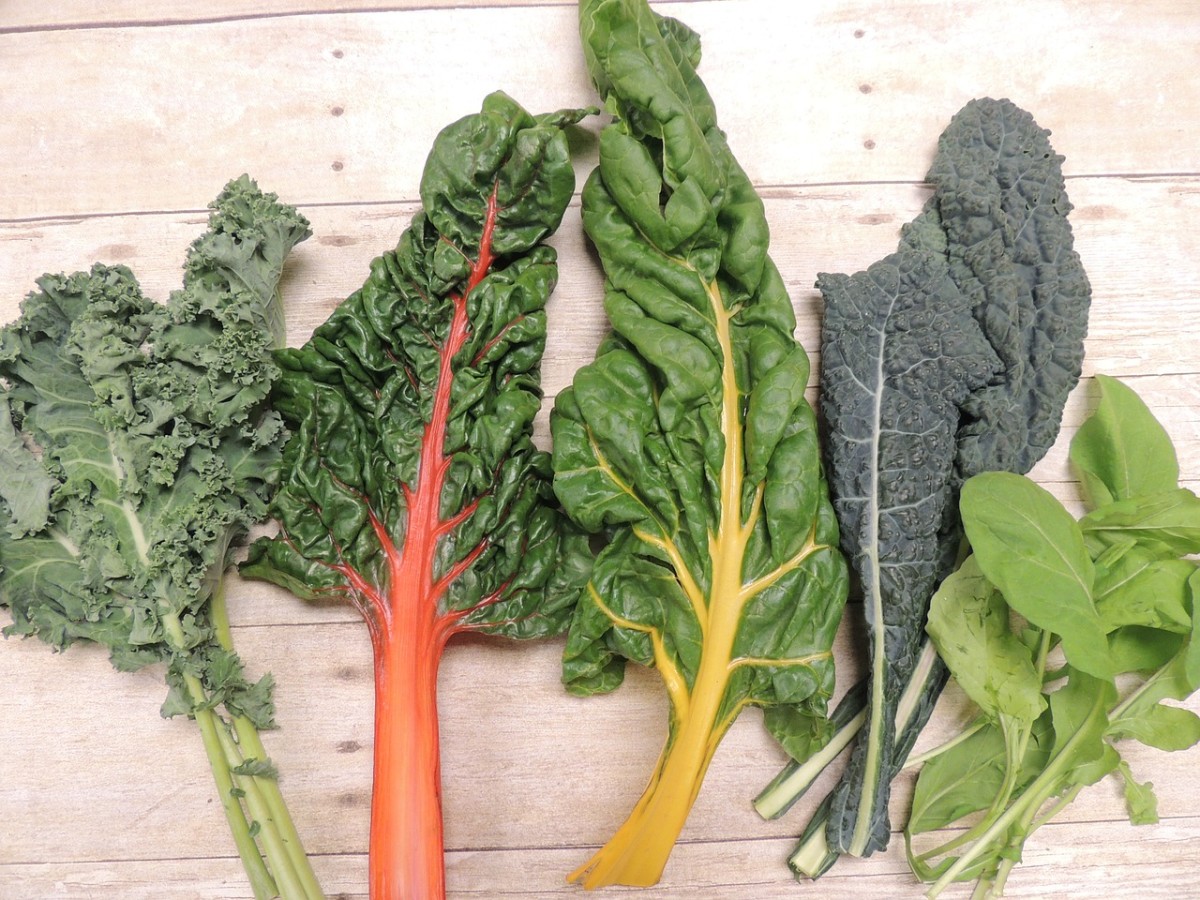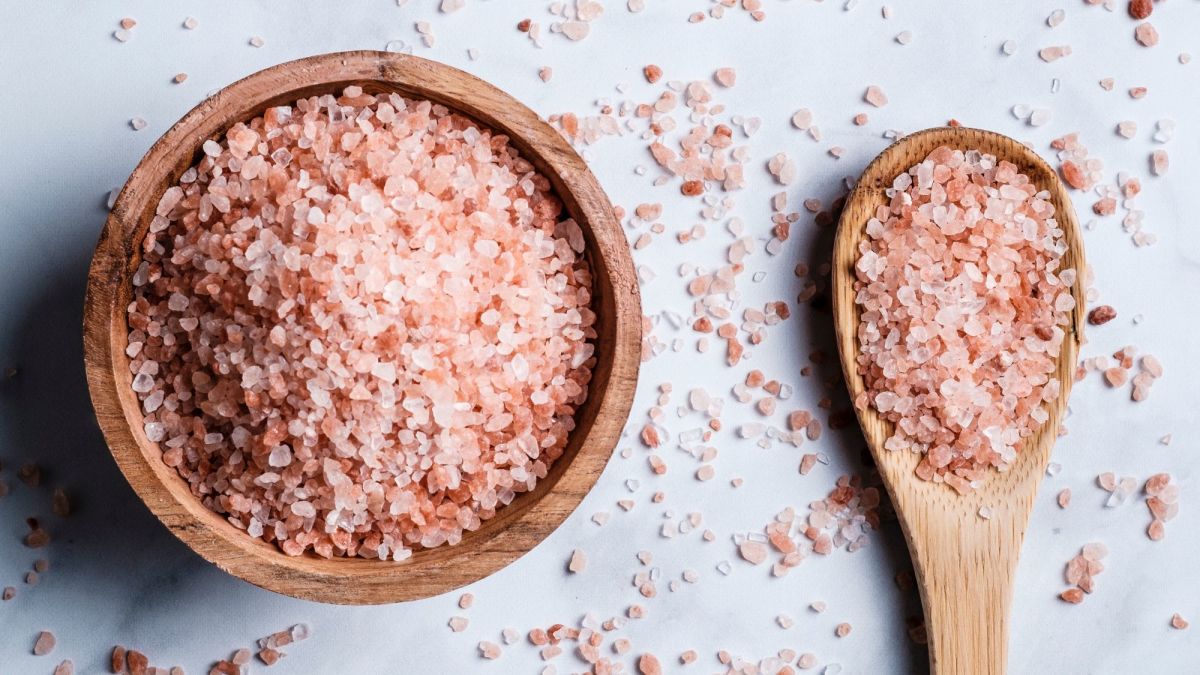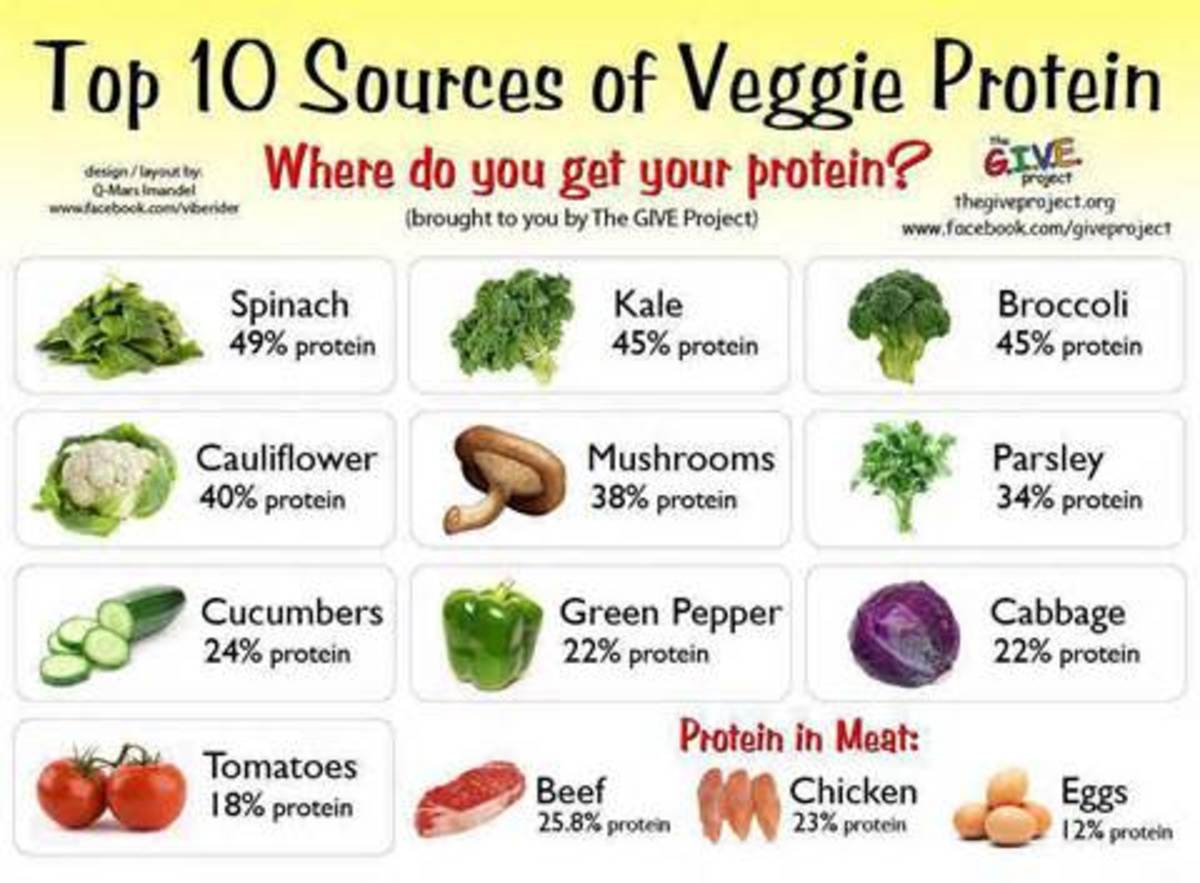Are All Aloes Created Equal?
Drink the Best Organic Aloe!

More related links
- Aloe Vera Juice and Ulcers
- Aloe Vera and the Heart
As I'm watching the news the other day, there they are, discussing the number one killer in the country, heart disease. At that moment I felt compiled to write this article about Aloe Vera and the positive...
Are All Aloes Created Equal?
In today’s world, one of the most misunderstood aspects of aloe vera is the fact that it is often confused with other kinds of aloes. To date there are over 200 varieties of aloe and there are only a handful of them that qualify as being the “true aloe.” In fact, the same aloe vera is a Latin term meaning “true aloe.”
There may be some healing power in a few, such as, aloe ferox and aloe perrgi, (both African varieties) however, many of the aloes offer little if any in the way of curative potency.
Aloe vera is one of the most versatile plants we know of, but there are estimated to be well over 250,000 plants and yet only about 6000 of them are used for commercial purposes. Among all of the healing plants, aloe vera is reputed to be the most complete of all the others combined.
Of the many therapeutic uses of aloe vera, and the question remains, are all aloe vera products in the market place equal?
According to the unique chemistry of this plant, few of the other curative plants can boost or match it.
For instance, not only does it contain over 21 key vitamins and minerals, it also possesses all 22 amino acids, a complex of enzymes and polysaccharides that act as triggering agents for the expressive activity of the aloe plant.
Lets not forget the safety of this remarkable plant, of the entire tests, and they run into the thousands. In every toxicology test to which aloe vera has been submitted, it has shown absolutely no measurable level of toxicity. Even in test required by the FDA, no toxicity found.
While evaluating the plant and answering the question, are all aloes equal? One must first look at the size of the plant at harvest time. The larger the plant has proven to be better.
Then we have to look at the stabilization process used. Traditionally most stabilization has been by way of a pasteurization process in which the gel from the leaf is heated at a very high temperature. In their process most of the delicate enzymatic activity and healing potential is reduced by as much as 75% - 90% …not good!!
Yet another aspect to look at would be the positive criteria, including the PH balance, aloin content, water retention present of total solids and the presence of both small and large, long-chain polysaccharides and glycoprotein properties. Large polysaccharides are essential to the plant and its healing properties. The enzymatic activity in the aloe plant is directly linked to its chemical potency and healing potential.
In the final analysis of processing, research experts have observed that of the many methods of stabilization, that each method has its own pros and cons. However, the cold processed whole leaf formulation with a US patent to extract the active ingredients would appear to be the best process.
With
that said, the aloe vera customer will need all of the infection
fighting, bactericidal, virucidal and antiseptic properties intact. To
make sure of that …know your supplier and make sure it is the “best
tasting aloe” in this industry.

